Exploring Forex Correlations: How Different Markets Interact
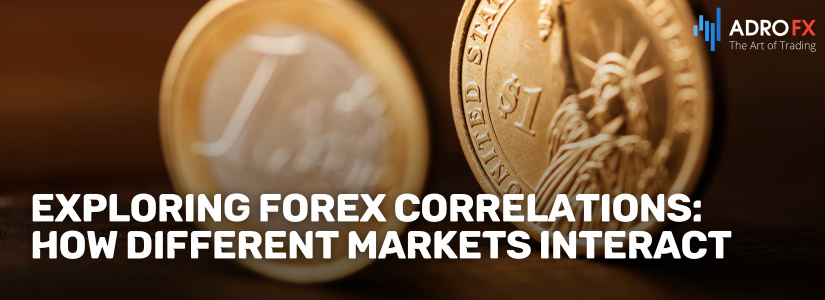
In the dynamic world of forex trading, understanding the intricate web of relationships between different markets is crucial for any trader aiming to achieve consistent success. One key aspect of this interconnectedness is forex correlations - how different currency pairs, commodities, and stocks interact with one another. Ignoring these correlations can lead to missed opportunities and unnecessary risks, making it essential for traders to grasp their significance.
At its core, forex trading is not just about understanding currency movements in isolation. Markets don’t move independently; they are part of a larger ecosystem where changes in one area can directly or indirectly affect another. For example, the price of oil can influence currencies like the Canadian Dollar, while shifts in stock indices can impact various forex pairs. By understanding these interactions, traders can make more informed decisions, enhance their strategies, and ultimately improve their trading outcomes.
This article will explore the concept of forex correlations, delve into how different markets interact, and provide insights on using these correlations to strengthen your trading strategy. Whether you're a seasoned trader or a beginner, mastering the complexities of market interactions is a critical step towards maximizing profits and minimizing risks in the forex market.
What Are Forex Correlations?
Forex correlations refer to the statistical relationships between two currency pairs, showing how they move in relation to each other. Correlations are measured on a scale from -1 to +1, known as the correlation coefficient. A correlation coefficient of +1 indicates a perfect positive correlation, meaning both currency pairs move in the same direction. On the other hand, a coefficient of -1 signifies a perfect negative correlation, where one currency pair rises as the other falls. A correlation of 0 implies no relationship between the two pairs, indicating that their movements are independent of each other.
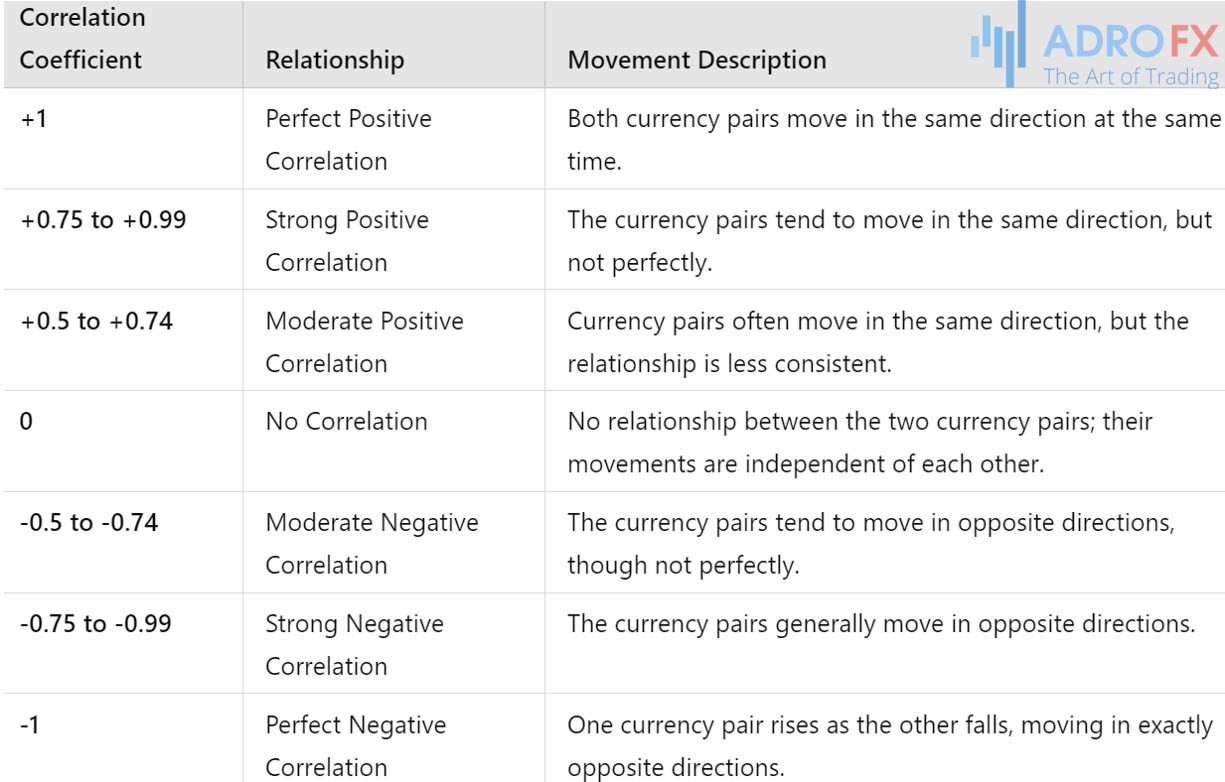
This table helps clarify how the correlation coefficient reflects the relationship between two currency pairs in forex trading
Forex correlations are essential tools for traders because they provide insights into potential risks and opportunities. For instance, if you hold positions in two positively correlated currency pairs, you are essentially doubling your exposure to the same market risk. Conversely, negatively correlated pairs can serve as a hedge, balancing your portfolio when one pair moves against your position.

To better understand forex correlations, let's look at some real-world examples. One classic example of a positive correlation is between the EUR/USD and GBP/USD currency pairs. When the Euro strengthens against the US Dollar, the British Pound often follows suit due to the close economic ties between the Eurozone and the United Kingdom.
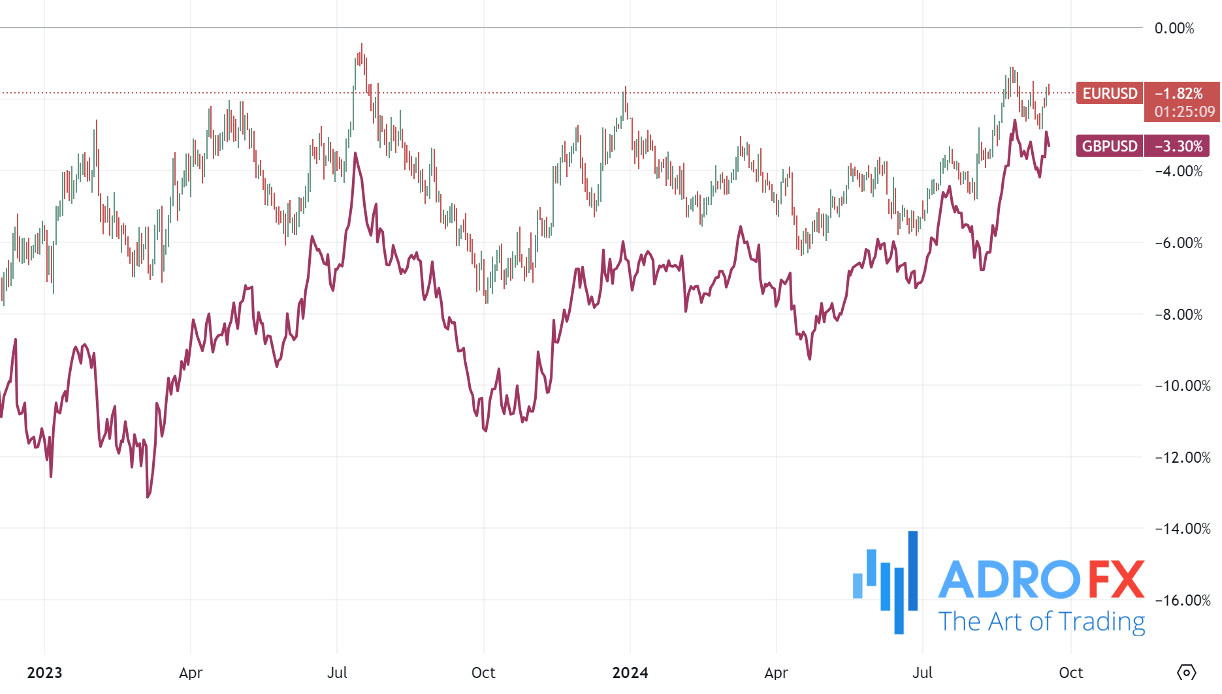
Conversely, the USD/JPY and AUD/USD pairs often exhibit a negative correlation. When the US Dollar strengthens against the Japanese Yen, it often weakens against the Australian Dollar, as these economies have differing responses to global economic conditions, particularly in relation to commodity prices and interest rates.

Another example involves commodities like oil and the Canadian Dollar (CAD). Since Canada is a major oil exporter, the CAD often has a positive correlation with oil prices. As oil prices rise, the Canadian Dollar tends to strengthen against other currencies, particularly the US Dollar.
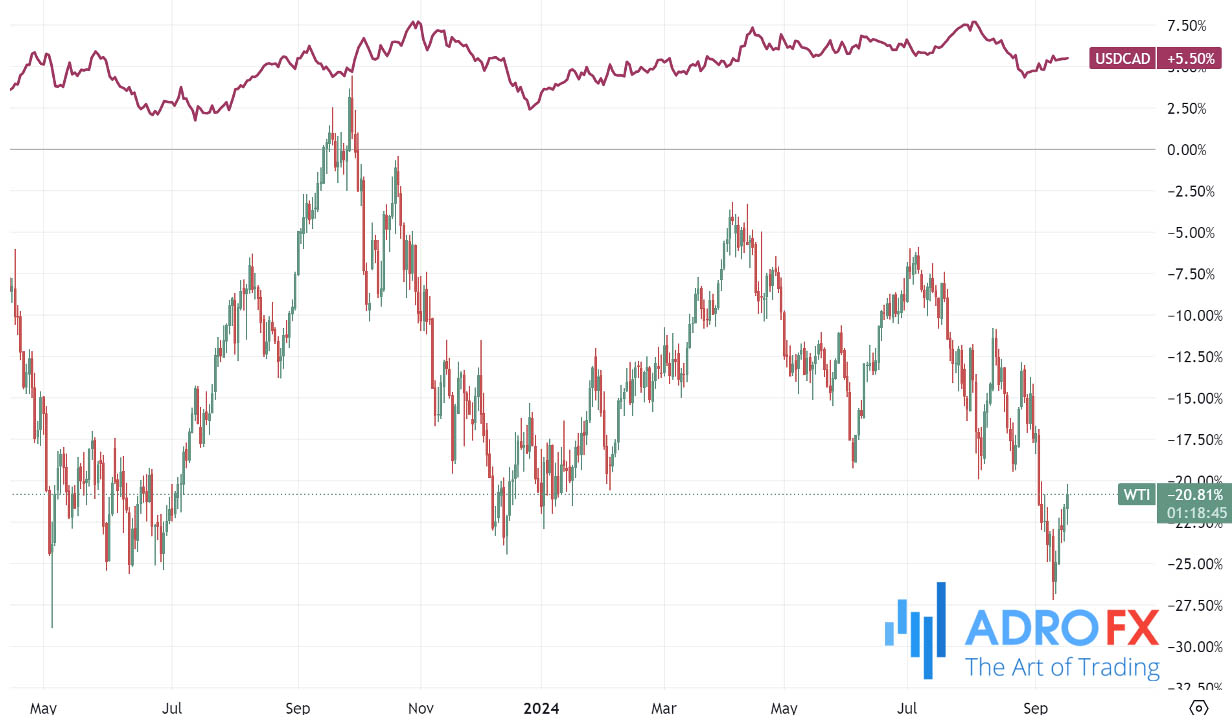
By understanding these forex correlations, traders can better anticipate market movements, manage risks, and devise strategies that leverage these relationships for more profitable outcomes.
Also read: Strategies for Smart Currency Pair Selection
Major Correlations in Financial Markets
In the interconnected world of financial markets, understanding the relationships between different asset classes is crucial for traders. Forex correlations reveal how currency pairs move in relation to commodities like gold and oil, as well as global stock markets. By grasping these correlations, traders can better anticipate market movements and make more informed decisions. This section will delve into some of the most significant correlations between forex, commodities, and stocks, shedding light on how these dynamics can impact your trading strategy.
Forex and Commodities: How Currency Pairs Relate to Commodities Like Gold and Oil
In the world of financial markets, forex and commodities often move in tandem due to underlying economic factors. One of the most well-known correlations is between gold and the US Dollar (USD). Historically, gold has served as a safe-haven asset, meaning that when the USD weakens, gold prices tend to rise, and vice versa. This negative correlation is rooted in the fact that gold is priced in USD globally. Therefore, when the value of the dollar falls, it makes gold cheaper for buyers using other currencies, driving up demand and price.
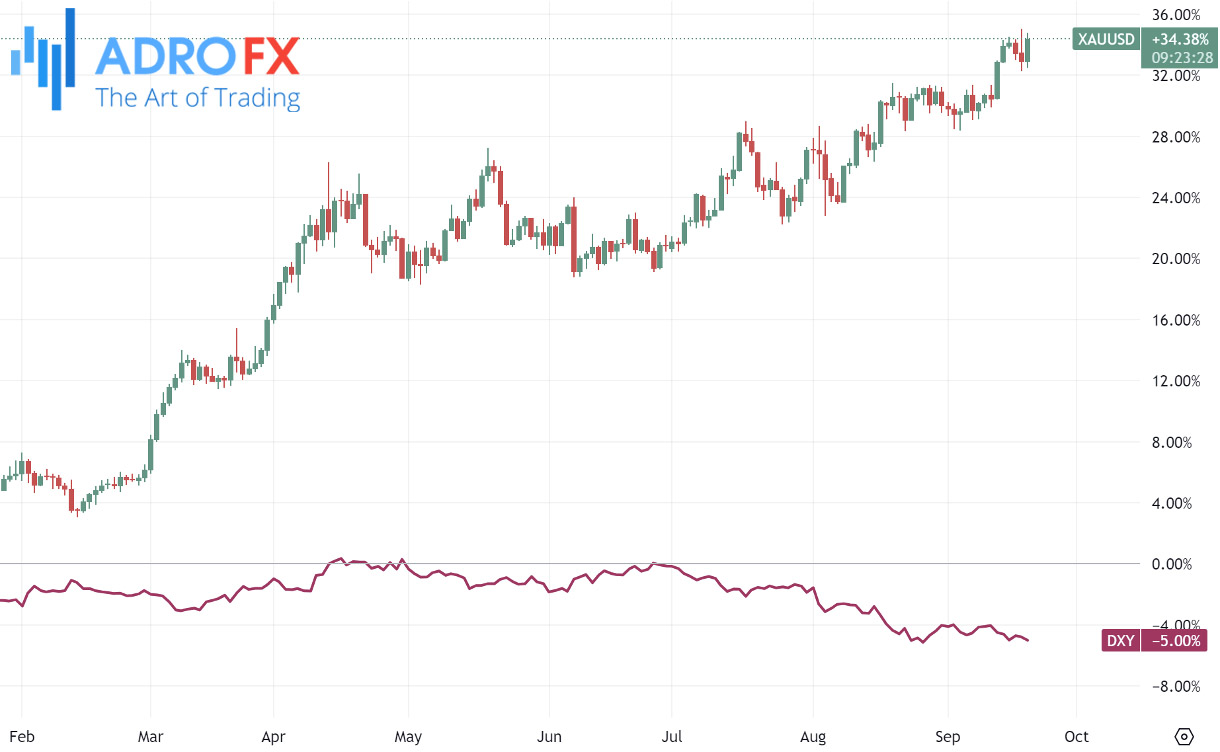
Similarly, the Canadian Dollar (CAD) is closely tied to oil prices. Canada is one of the largest oil exporters in the world, so fluctuations in oil prices directly impact the strength of the CAD. When oil prices rise, the Canadian economy benefits, leading to a stronger CAD, particularly against the USD. Traders who understand this relationship can anticipate movements in the USD/CAD pair based on oil price trends, making it a vital component of forex correlations.
Forex and Stock Markets: Correlations Between Currency Pairs and Global Equity Markets
Currency pairs and stock markets are also closely intertwined, often reflecting investor sentiment and broader economic trends. For example, the Japanese Yen (JPY) typically strengthens during periods of global economic uncertainty, as investors flock to it as a safe haven. This flight to safety often coincides with declines in global stock markets, leading to a negative correlation between JPY pairs, such as USD/JPY, and stock indices like the S&P 500.
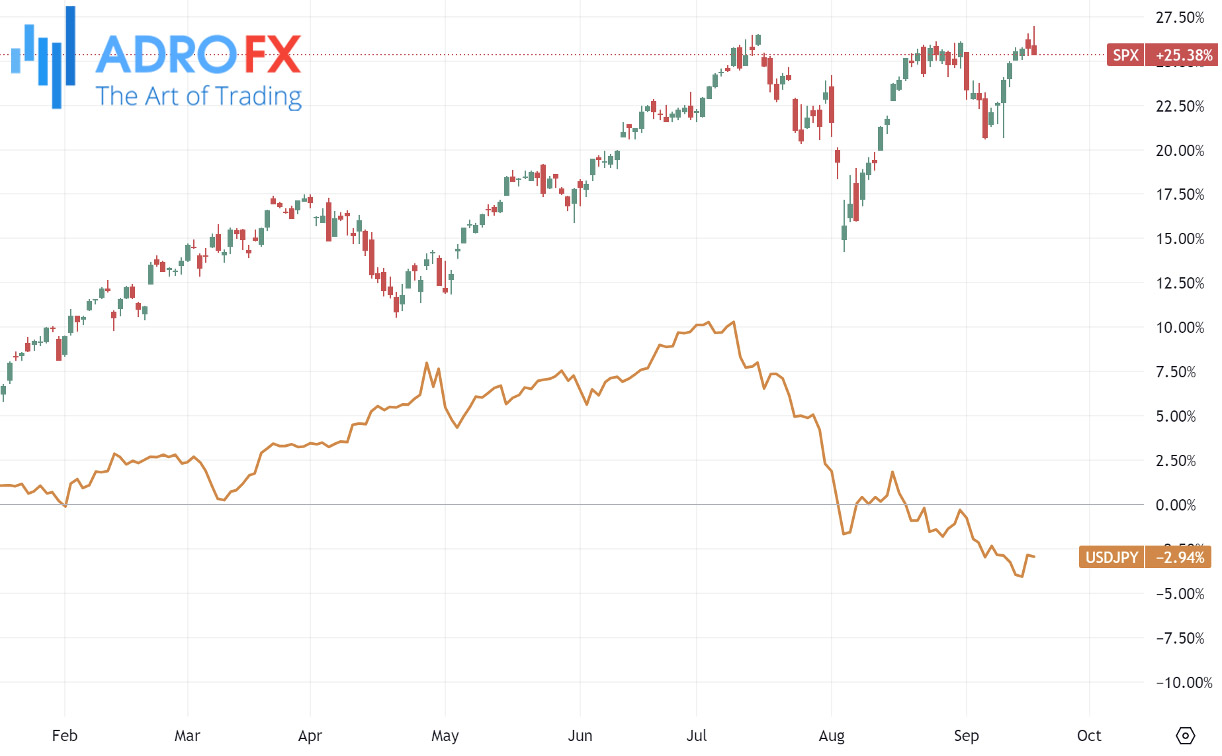
Another example is the Australian Dollar (AUD), which is closely tied to global risk sentiment due to Australia's export-driven economy. When global equities are performing well, indicating economic optimism, the AUD often strengthens as investors seek out higher-yielding assets. Conversely, during market downturns, the AUD tends to weaken as risk appetite diminishes. Understanding these correlations allows traders to align their forex strategies with broader market movements.
Cross-Market Dynamics: Cross-Asset Correlations That Impact Forex Trading
Beyond the direct relationships between forex, commodities, and stocks, cross-market dynamics add another layer of complexity to trading. These are correlations that involve multiple asset classes interacting in ways that influence forex markets. For example, the relationship between bond yields and currency values is a key cross-market dynamic. Rising bond yields in the US, for instance, can lead to a stronger USD as investors seek higher returns, while falling yields might weaken the currency.
Another example is the relationship between the price of copper and the Chilean Peso (CLP). Chile is the world’s largest copper producer, so the value of the CLP is heavily influenced by copper prices. As copper prices rise, the CLP often strengthens against other currencies, providing opportunities for traders who understand this cross-market correlation.
By grasping these cross-market dynamics, traders can develop more nuanced strategies that take into account the interconnected nature of global financial markets. This approach enables them to anticipate market moves and adjust their positions accordingly, enhancing their overall trading performance.
Also read: Top Trading Picks 2024: Navigating the Best Financial Markets for Success
How to Use Forex Correlations in Your Trading Strategy
Forex correlations are not just theoretical concepts - they can be powerful tools when applied strategically in trading. By leveraging the relationships between different currency pairs and other assets, traders can optimize their strategies, manage risk, and identify profitable opportunities. This section will explore practical ways to use forex correlations in your trading, from implementing correlation-based strategies to hedging and trend identification. Whether you’re looking to enhance your existing approach or develop new techniques, understanding how to apply these correlations can elevate your trading performance.
Correlation Trading Strategy: Detailed Steps on How to Implement Correlation Trading
Implementing a correlation trading strategy involves identifying currency pairs with strong positive or negative correlations and leveraging these relationships to make more informed trading decisions. The first step is to analyze correlation coefficients over different time frames, such as daily, weekly, and monthly, to determine the strength and stability of the correlation. Tools like correlation matrices can help traders visualize these relationships and identify opportunities.
Once correlations are identified, traders can use them to confirm trade signals. For example, if you’re planning to go long on EUR/USD, checking the correlation with GBP/USD can provide additional confirmation. If both pairs are positively correlated and GBP/USD is also trending upward, it reinforces the decision to enter the trade.
Additionally, correlation trading can be used to diversify or hedge positions. By taking positions in negatively correlated pairs, traders can reduce risk. For instance, if you’re long on EUR/USD and want to hedge against potential losses, you might take a short position in USD/CHF, a pair that typically has a negative correlation with EUR/USD.
Hedging with Correlations: Techniques for Managing Risk Using Correlated Assets
Hedging is a crucial technique in managing risk, and forex correlations can play a significant role in this strategy. By understanding how different assets are correlated, traders can protect their portfolios against adverse market movements. For example, if you hold a long position in a currency pair that is positively correlated with a particular commodity, such as AUD/USD with gold, you can hedge against a drop in gold prices by shorting AUD/USD.
Another approach is to use correlated currency pairs to balance exposure. If you are long on EUR/USD, which is positively correlated with GBP/USD, you could take a short position in GBP/USD if you anticipate potential volatility in the Eurozone but still want exposure to the US Dollar. This method allows you to mitigate risks while maintaining your overall market position.
Hedging with correlations is particularly useful in volatile markets, where traditional Stop Loss strategies might be less effective due to sharp price swings. By using correlated assets as a buffer, traders can better navigate market turbulence and protect their capital.
Identifying Market Trends: Using Correlations to Spot Market Trends and Potential Reversals
Forex correlations are invaluable for spotting market trends and potential reversals. By monitoring correlations between currency pairs and other assets, traders can gain insights into broader market movements. For instance, if the correlation between a currency pair and a stock index begins to weaken, it could signal a shift in market sentiment or the start of a new trend.
Similarly, correlations can help traders identify potential reversals. If a historically strong positive correlation between two currency pairs suddenly turns negative, it might indicate that one of the pairs is poised for a reversal. By staying attuned to these shifts, traders can position themselves to capitalize on emerging trends.
In addition to real-time monitoring, traders should regularly review historical correlations to identify patterns that may repeat in the future. This proactive approach allows for more strategic decision-making and enhances the ability to anticipate market changes before they fully materialize.
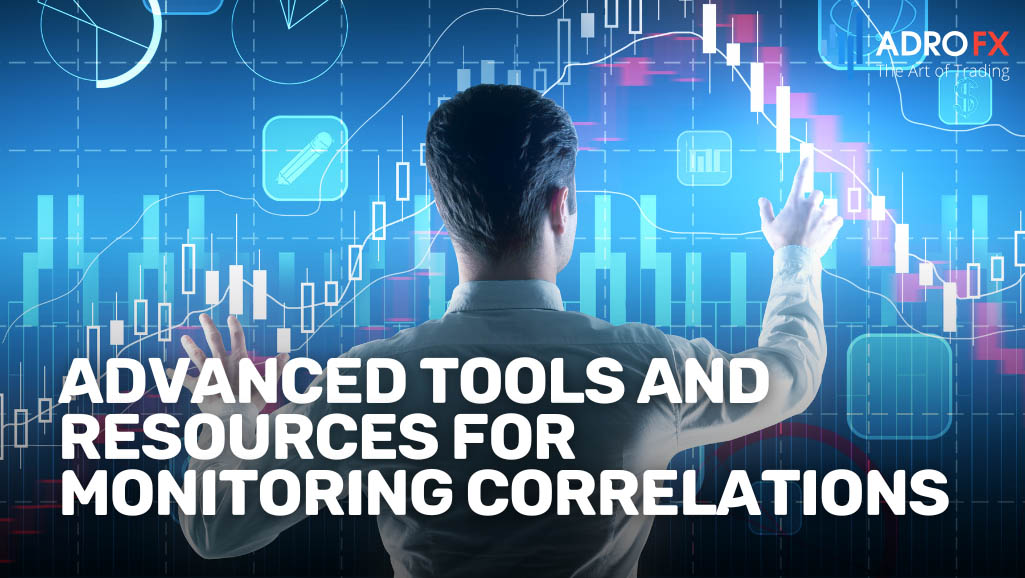
Advanced Tools and Resources for Monitoring Correlations
In today's fast-paced trading environment, having access to advanced tools and resources for monitoring forex correlations is essential. These tools allow traders to track, analyze, and interpret market interactions in real-time, providing valuable insights for making informed decisions. By leveraging the right resources, traders can stay ahead of market movements and optimize their strategies based on accurate data.
Technical Indicators
To effectively monitor and analyze forex correlations, technical indicators like correlation matrices are invaluable. A correlation matrix displays the relationship between different currency pairs, commodities, or stocks, allowing traders to identify positive, negative, or no correlations at a glance. Tools like MetaTrader 4's correlation matrix plugin or third-party platforms like TradingView offer easy-to-use interfaces for visualizing these relationships. Additionally, tools like the Relative Strength Index (RSI) and Moving Averages can further help in identifying correlated market trends.
Correlation Coefficients
Understanding correlation coefficients is crucial for traders who want to quantify the strength of relationships between different assets. A correlation coefficient ranges from -1 to 1, where -1 indicates a perfect negative correlation, 1 indicates a perfect positive correlation, and 0 indicates no correlation. By calculating these coefficients, traders can assess the likelihood of one asset's price movement based on another's. For instance, a strong positive correlation between the USD/JPY currency pair and the US stock market can inform your trading decisions during periods of economic stability.
Real-Time Data Platforms
In an ever-changing market, access to real-time data is crucial. Platforms like MetaTrader 4 (MT4), TradingView, and Allpips provide real-time analysis tools that enable traders to monitor market conditions as they unfold. These platforms offer up-to-the-minute data, allowing users to track shifts in market trends and adjust their strategies on the fly. Many of them also provide customizable alerts and detailed analytics, helping traders stay on top of evolving market dynamics and make informed decisions.
Also read: Navigating Financial Storms: Top Assets for Trading in Times of Volatility
Common Pitfalls in Correlation Trading and How to Avoid Them
While correlation trading offers significant advantages, it is not without risks. Traders must be aware of common pitfalls that can undermine their strategies and lead to unexpected losses. By understanding these challenges and implementing appropriate risk management practices, traders can better navigate the complexities of correlation trading.
Over-Reliance on Correlations
One of the most significant risks in correlation trading is over-reliance on established relationships. Correlations are not static, and assuming they will always hold can lead to poor trading decisions. For example, a strong positive correlation between oil prices and the Canadian Dollar (CAD) might weaken during periods of geopolitical instability. Traders should use correlations as a tool rather than a rule, always staying flexible and prepared for deviations.
Changing Market Conditions
Market conditions are fluid, and correlations can shift rapidly due to economic events, changes in monetary policy, or geopolitical factors. For instance, during a financial crisis, traditional correlations between currency pairs and commodities may break down as investors flock to safe-haven assets. To mitigate this risk, traders should regularly update their correlation analyses and be cautious about applying past data to current market conditions.
Risk Management Tips
To safeguard your portfolio against the breakdown of correlations, implementing robust risk management strategies is essential. Diversifying your trades across different asset classes, setting Stop Loss orders, and regularly reviewing your portfolio's exposure to correlated assets can help minimize potential losses. Additionally, staying informed about global events and market trends will enable you to anticipate shifts in correlations and adjust your strategy accordingly.
By being mindful of these common pitfalls and applying a disciplined approach, traders can enhance their correlation trading success while minimizing risks.
Conclusion
Understanding forex correlations is a vital skill for any trader looking to enhance their market analysis and trading strategies. By recognizing how different markets - such as currency pairs, commodities, and stocks - interact, traders can gain a deeper insight into potential price movements and make more informed decisions. From exploring major correlations in financial markets to utilizing advanced tools and resources, this knowledge equips you with the ability to navigate the complexities of forex trading effectively.
As we’ve discussed, incorporating correlation analysis into your trading strategy can offer a powerful edge. Whether you're aiming to hedge your trades, identify market trends, or manage risk, being aware of how assets relate to one another is essential for success in today's dynamic financial markets.
Ready to take your trading to the next level? Start integrating forex correlation analysis into your strategy today. AdroFx offers the tools and resources you need to stay ahead of the curve. Sign up with AdroFx now and gain access to advanced trading platforms, real-time data, and expert insights to help you master the art of correlation trading. Don't just trade - trade smarter with AdroFx!
About AdroFx
Established in 2018, AdroFx is known for its high technology and its ability to deliver high-quality brokerage services in more than 200 countries around the world. AdroFx makes every effort to keep its customers satisfied and to meet all the trading needs of any trader. With the five types of trading accounts, we have all it takes to fit any traders` needs and styles. The company provides access to 115+ trading instruments, including currencies, metals, stocks, and cryptocurrencies, which make it possible to make the most out of trading on the financial markets. Considering all the above, AdroFx is the perfect variant for anyone who doesn't settle for less than the best.










